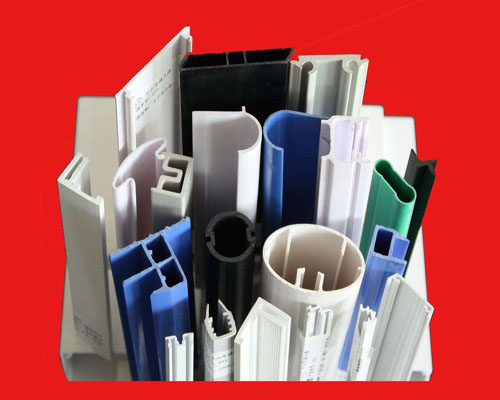
Phone Number :
08 18, 2023

In the world of cable management, cable tray connectors play a crucial role in creating a safe and organized infrastructure. With their ability to connect cable trays seamlessly, they ensure smooth cable routing and efficient system operation. This article provides a comprehensive overview of cable tray connectors, their types, installation methods, and benefits, highlighting their importance in facilitating efficient cable management.
Cable tray connectors are available in various types, each designed for specific applications and cable tray configurations. Here are the three most commonly used types:
Straight connectors, as the name suggests, are used to join straight sections of cable trays. They provide a secure connection between two trays and maintain the desired alignment. Straight connectors are typically made of durable materials such as stainless steel or aluminum, ensuring long-term reliability and stability.
Cross connectors are used to connect cable trays that intersect each other at a perpendicular angle. They enable the trays to be connected firmly, even at junctions or corners. This type of connector ensures a strong bond between the cable trays, preventing any movement or disconnection due to external factors.
Tee connectors are crucial when cable trays need to be connected in a T-shaped configuration. They facilitate the creation of branching pathways, allowing cables to be routed seamlessly in multiple directions. Tee connectors provide a sturdy and stable connection, ensuring uninterrupted cable management.
The installation of cable tray connectors is a straightforward process. Here are the two common methods:
In bolted installation, connectors are secured to the cable trays using bolts, nuts, and washers. This method offers enhanced stability and is ideal for heavy-duty cable tray systems or areas exposed to high vibrations. It ensures a reliable connection that can withstand external forces and prevent tray displacement.
For a quicker and more convenient installation, snap-on connectors are preferred. These connectors feature a user-friendly design that allows them to be easily snapped onto the cable trays, eliminating the need for additional tools or hardware. Snap-on installation is suitable for most standard cable tray applications and offers flexibility in terms of adjusting and modifying the cable routing.
Cable tray connectors offer several benefits that significantly contribute to effective cable management. Some key advantages include:
By securely connecting cable trays, cable tray connectors maintain a structured system, preventing cable tangling and minimizing the risk of damage. This ensures ease of maintenance and troubleshooting, saving time and effort.
Properly connected cable trays eliminate the potential hazards of loose cables, reducing the risk of accidents or electrical faults. Cable tray connectors provide a reliable grounding path, protecting cables from electromagnetic interference and ensuring a safe working environment.
Cable tray connectors offer flexibility when incorporating new cables or modifying existing ones. With the ability to expand or reconfigure the cable tray system, connectors allow easy adaptability to changing infrastructure requirements without significant disruption.
Cable tray connectors play a vital role in maintaining a well-organized and efficient cable management system. Their ability to connect cable trays securely eliminates cable clutter, ensures safety, and facilitates flexibility in expanding or modifying the infrastructure. By understanding the types and installation methods of cable tray connectors, organizations can enhance their cable management efficiency and optimize their overall operations.